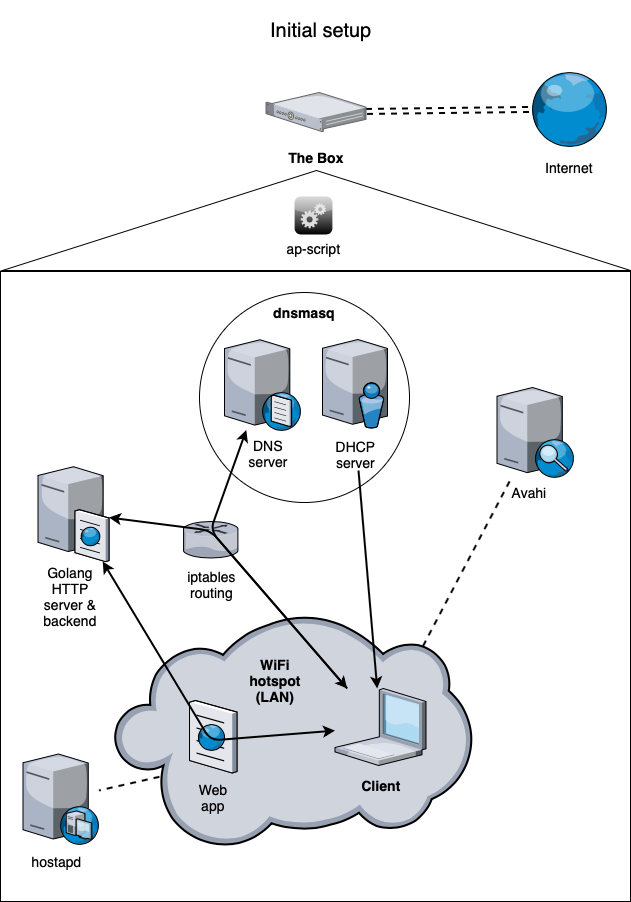-
The box already has Avahid installed which uses the same host discovery as "bonjour".
-
I think we should use the invoicer as it should be agnostic between the lightning servers, all you have to do is a simple REST call. I'm more in favor of c-lightning because it can easily be bootstrapped with all the block data and works with pruned node. Neutrino is not an option yet if you actually want to take real money right now. But it's a far fetched goal. Another issue with LND is its not designed for a hands off automated install, and do run it in detached mode feels a bit hacky (tmux/screen). Also need to work out a way to automate lncli createwallet and lncli unlock, as thats another minor annoyance.
-
Dashboards, theres already dashboards around for LND. Should probably take a look at those before reinventing the wheel


We discussed the other night about creating a Web App GUI for making it easy to work with the box, including:
Luckily, it looks like LND supports GRPC out of the box, so as far as I can tell, it'll enable us to do HTTP calls directly from clients in a web app (no special middleware required). We could bundle a a static HTML/JS app with very little overhead (served on the device via local network and/or tor) which could talk directly to the LND node, or through a reverse proxy on the box.
The main issues we face are regards to security. We need to think about how the bootstrap process can be secured, followed by general use (perhaps some kind of secure token is stored on the clients, so we don't need to rely on HTTPS, which won't work with .local, and/or a protocol such as SRP), as well as system reset / key recovery (it was mentioned that we could use a seed to generate creds for both the node and this system).
I expressed interested in helping with the development of this, including playing with the recently released blueprint framework.
Ref: https://api.lightning.community/ https://github.com/lightningnetwork/lnd/tree/master/lnrpc https://grpc.io/